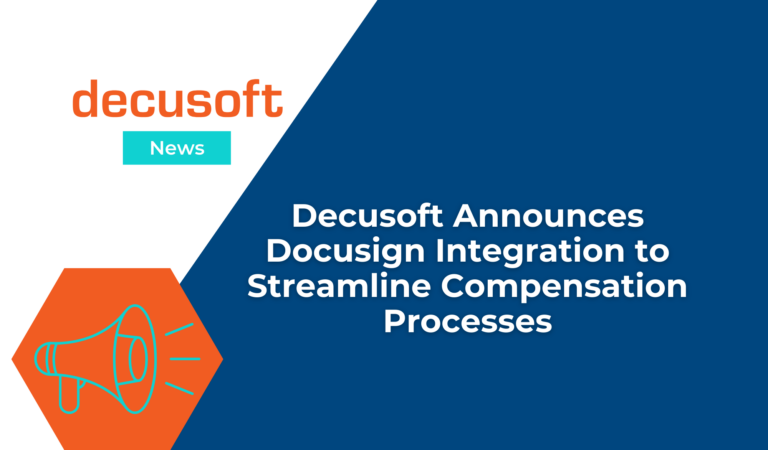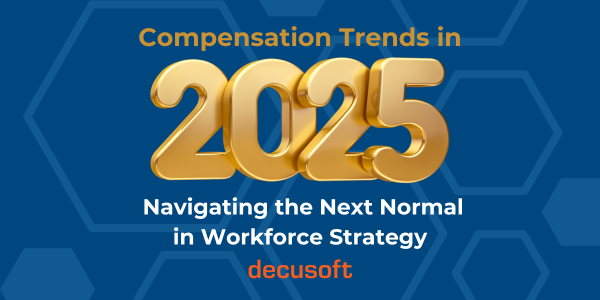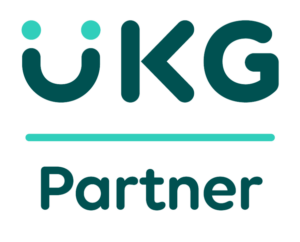You’re probably wondering about this headline. What does “Swag” have to do with employee compensation? Year-end compensation planning will be over in a few weeks. After all of the planning and ensuring that employees are rewarded based on their performance and contribution to successful results, you may think the important steps are completed and you’re finished. However, to get the full impact of this important and critical process, effective communication is required. If the employee does not understand what the year-end compensation process means to THEM, the organization has lost the true impact of the performance and reward linkage, and one of the largest investments of most organizations – employee pay.
Some of us may not understand “Swag,” but it’s very important and one of the ways you show your appreciation for a job well done. One of the definitions for “Swag” is “money, valuables,” similar to the Academy Awards and the “Swag” bag that the red carpet attendees receive.
So, what way can you give your employees “Swag?” How about their personalized Compensation Statement? Yes, this counts as “Swag,” too. If you’re going to have a statement, and I encourage everyone to take this additional step, keep the following in mind:
1. Use language that is easy to understand. Compensation professionals have a tendency to use “comp terms” that unless you’re a comp professional, employees may not follow. If you’re going to use a few of these, be sure that you explain clearly what they mean. Note that I used the word “few.”
2. Keep the Compensation Statement simple and clear. Remember the “5 W’s” from elementary school for writing papers:WhoWhatWhyWhenWhere
There was also an add-on, “H,” which technically should be “How,” but since we’re talking compensation, we’ll call it “How Much.” Using the “5 W’s” will help ensure all of the important elements that should be included for the employee are covered. Remember, it’s about THEM!
3. Ensure there is a working technology solution in place. After the planning is completed, execution should be simple. If the compensation statements take as long as the planning process, something is wrong and you may want to re-think how you produce your statements.
4. The Compensation Statement is only one aspect of the communication process. The statement is a tool to support the one-on-one conversation. It’s NEVER a replacement for the conversation.
5. Don’t forget to say “Thank you.” It sounds simple, but unfortunately, it is left out of the conversation too many times.
When the communication process, including the Compensation Statement is done correctly, the employee moves to a higher level of “Swag.” That translates to confidence in themselves and pride in a job well done. Guess who’s the recipient of that outcome?




